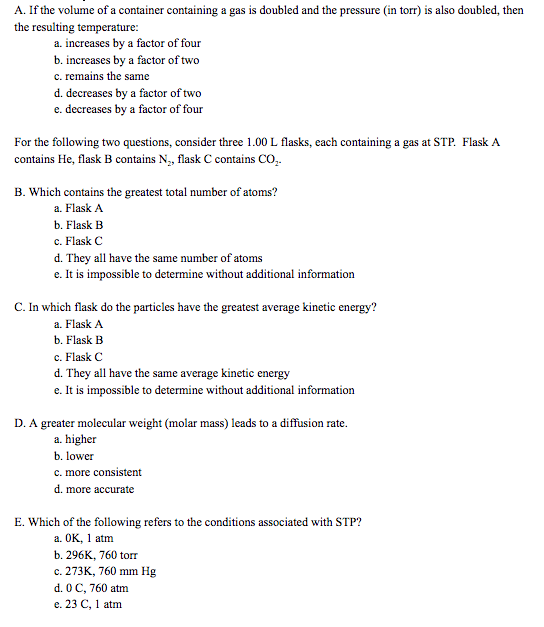CHEM 1211 Lecture Notes - Lecture 13: Mole Fraction, Stoichiometry, Ideal Gas
Document Summary
Gaseous molecules flow into your lungs from regions of higher pressure to the region of lower pressure. The fewer the gas particles, the lower the force per unit area and the lower the pressure. The number of gas particles in a given volume generally decreases with increasing altitude, pressure decreases with increasing altitude. A low density of gas particles results in low pressure. A high density of gas particles results in high pressure. Highs (h"s) in this map indicate regions of high pressure, usually associated with clear weather. The low"s (l"s) indicate regions of low pressure, usually associated with unstable weather. Pressure units mm hg (measured with a barometer) = 1 torr pressure can support a column of hg that is only about 760 mm (30 in. tall). Atmospheric pressure can support a column of water that is about 10. 3 m tall. Because mercury is so dense (13. 5 times more dense than water), atmospheric.


